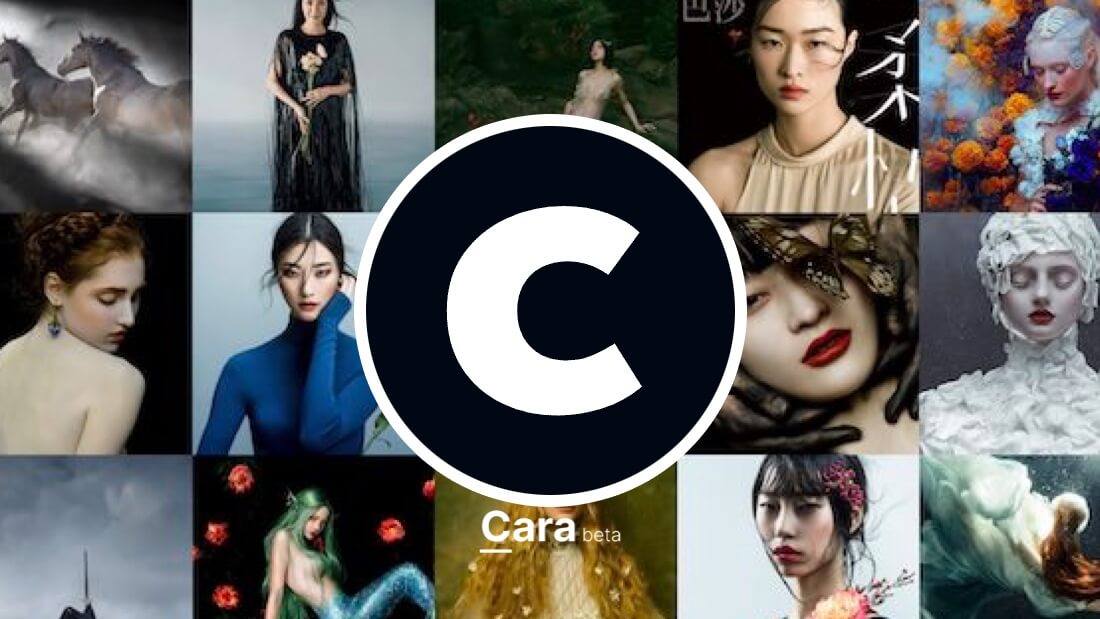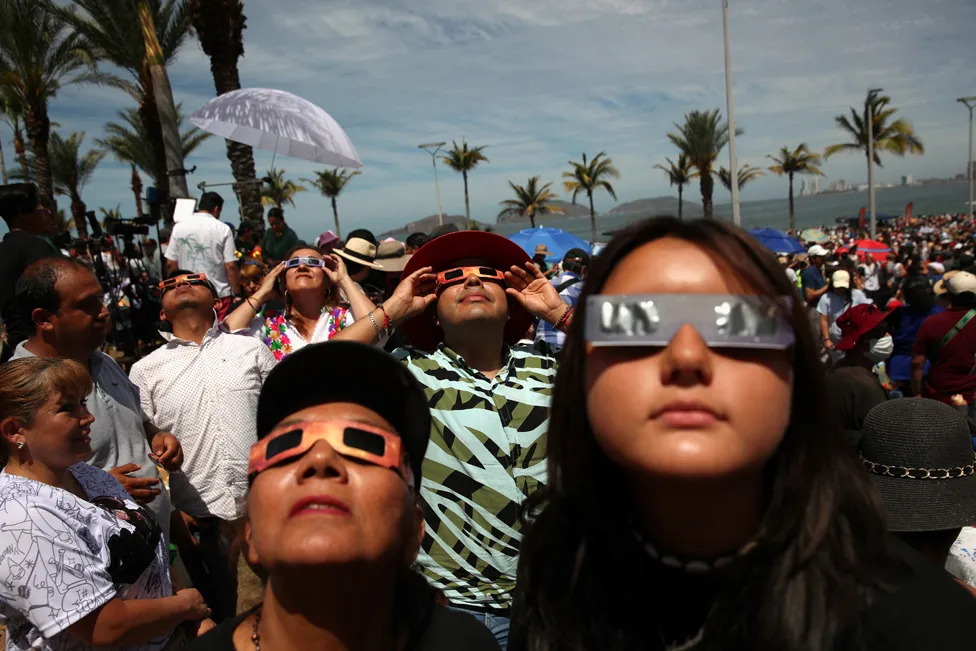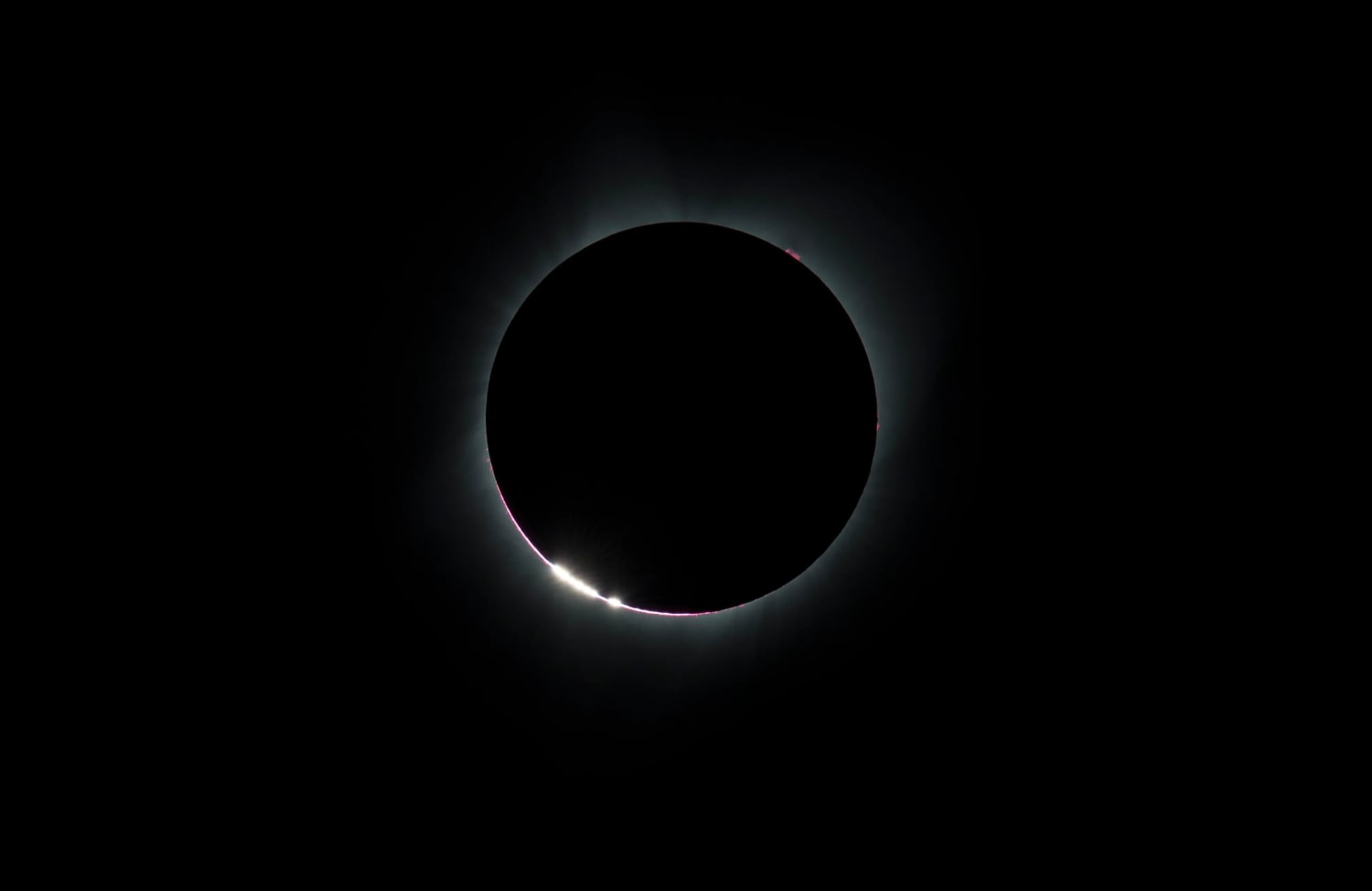In January, the Super Blood Wolf Moon was only half a success because the clouds arrived to “eclipse the eclipse”. That meant I needed to try this again with the new supermoon in February, the Super Snow Moon.
What is a Supermoon anyway?
You know that the moon follows an elliptical orbit around the Earth. Within this trajectory, the perigee is the closest point to our planet, and the apogee is the farthest. So, a Supermoon is either a full moon or a new moon that (nearly) coincides with the perigee. The opposite phenomenon exists too and is called a Micromoon.
Of the possible 12 or 13 full/new moons each year, only three or four may be classified as supermoons. During this phenomenon, the moon appears roughly 15% larger in diameter. It might appear even bigger, particularly after sunset when it's near the horizon and the illusion is most apparent.
If you wish to join me in photographing the full moon in all its splendour, I regularly host a Full Moon Photography event in London.
More info and bookings are available on the dedicated page.
Why the names?
The full moon names were given by the Native Americans. They kept track of the seasons by giving these distinctive names to the entire month in which the moon occurred.
I recommend you visit Space.com for all the details (don't confuse it with MySpace, lol). But in the meantime, here's the list for 2019:
- January: Wolf Moon (also total lunar eclipse; see my previous post)
- February: Snow Moon (the largest of this year)
- March: Worm Moon
- April: Pink Moon
- May: Flower Moon
- June: Strawberry Moon
- July: Buck Moon
- August: Sturgeon Moon
- September: Harvest Moon (the smallest of this year)
- October: Hunter Moon
- November: Beaver Moon
- December: Cold Moon
Preparation…
I was excited to go back hunting the supermoon again, considering this was the largest moon of the year. Even though I wasn't going “fully armed” with a lens hired for the occasion, I was still making myself ready for it.
I decided to use my old Sigma 70-200mm f/2.8 APO EX DG HSM from my Nikon years. Adapted for Fujifilm thanks to the Metabones adapter.
Not as long a reach as last time, but the moon would be a bit closer anyway
- A high quality f2.8 constant aperture tele-zoom lens with optical stabilisation for Nikon SLR Cameras
- Optical stabilisation enables use of shutter speeds four stops lower than otherwise would be possible
- Ideal for portraiture and medium telephoto sports and animal photography:HSM motor for quiet high speed foccusing
- Suitable for use with Nikon SLR cameras with both full and APS-C size sensors
- Cameras with X-mount
- Nikon G
- Converter
- Material properties: both side of the camera and lens side, the adapter is made of chrome-plated brass precisely manufactured, satin surface, precise fit
I was a bit put off by the forecast: London being London, it's always ever so unpredictable, but it was looking very cloudy. Location-wise, I didn't want to go to Waterloo Bridge again (still one of the best spots with a telephoto lens). So, after a bit of research, I decided to move along Southbank. I met with fellow photo-hunters Martyn and Matt, but security soon approached us, and “kindly” informed us that tripods were not allowed in the area.
Unfortunately, this is now common in London. I am often approached this way and refused the use of tripods or anything that “looks professional.” I partially understand the reasoning behind that, but it gets ridiculous at times. I once had my camera on a windowsill, but even that was not allowed: only holding it in my hands qualified as “non-professional.”
Anyway, we decided to move to the nearby pier and find ways to keep our cameras stable. Then, I waited for the Super Snow Moon to rise.
… and shooting
Indeed, the weather wasn't helping. Clouds were all over, with only a few breaks here and there. It was moonrise, and yet we couldn't see anything but clouds.
We remained hopeful because of the breaches we could see in the cloud wall. And sure enough, some light started to peak through. 5 minutes later, the Super Snow Moon was there!
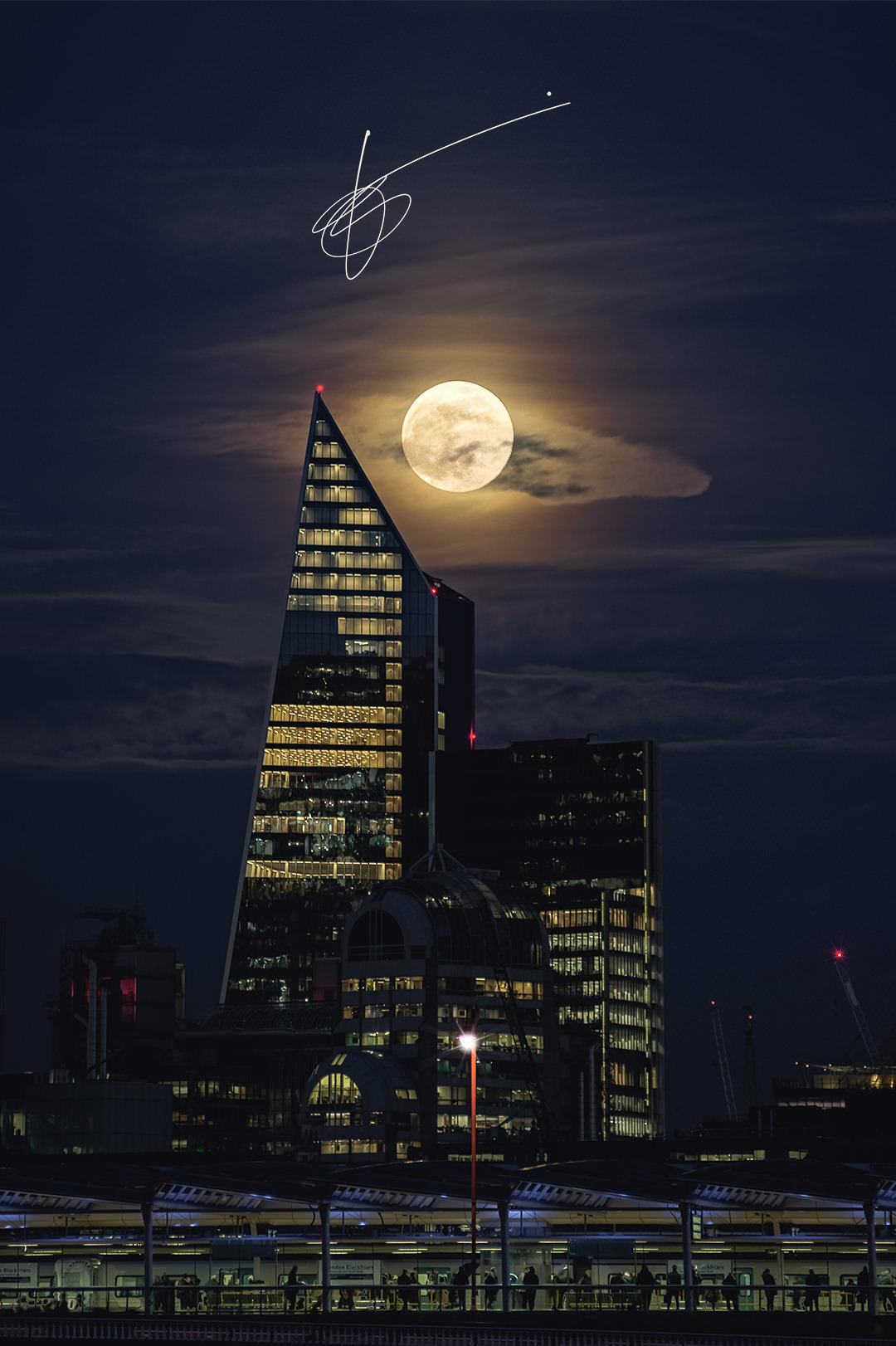
I could have seen a bigger moon, of course, should it was still at horizon level. But I was already content with seeing it at all.
All the excitement faded within a few minutes because the moon disappeared behind the clouds again. Martyn and I waited another half hour, but it all started to look hopeless. So we packed and left that spot.
And then…
On the way home, we passed in front of the London Eye on the opposite side of the Thames and noticed a glimpse of moonlight again. Another couple of photographers were also there, hoping to get a shot.
And again, it happened! That all went so quickly that I didn't even have time to take my tripod out and, therefore, tried to use the parapet there. I moved around because, of course, the London Eye pods were also turning, and I wanted to align them with the moon… Oh, and I had a fully manual lens, so I had to keep adjusting it.
But in the end, I made it! I managed to take the shot I wanted. Cloudy, but decent enough:
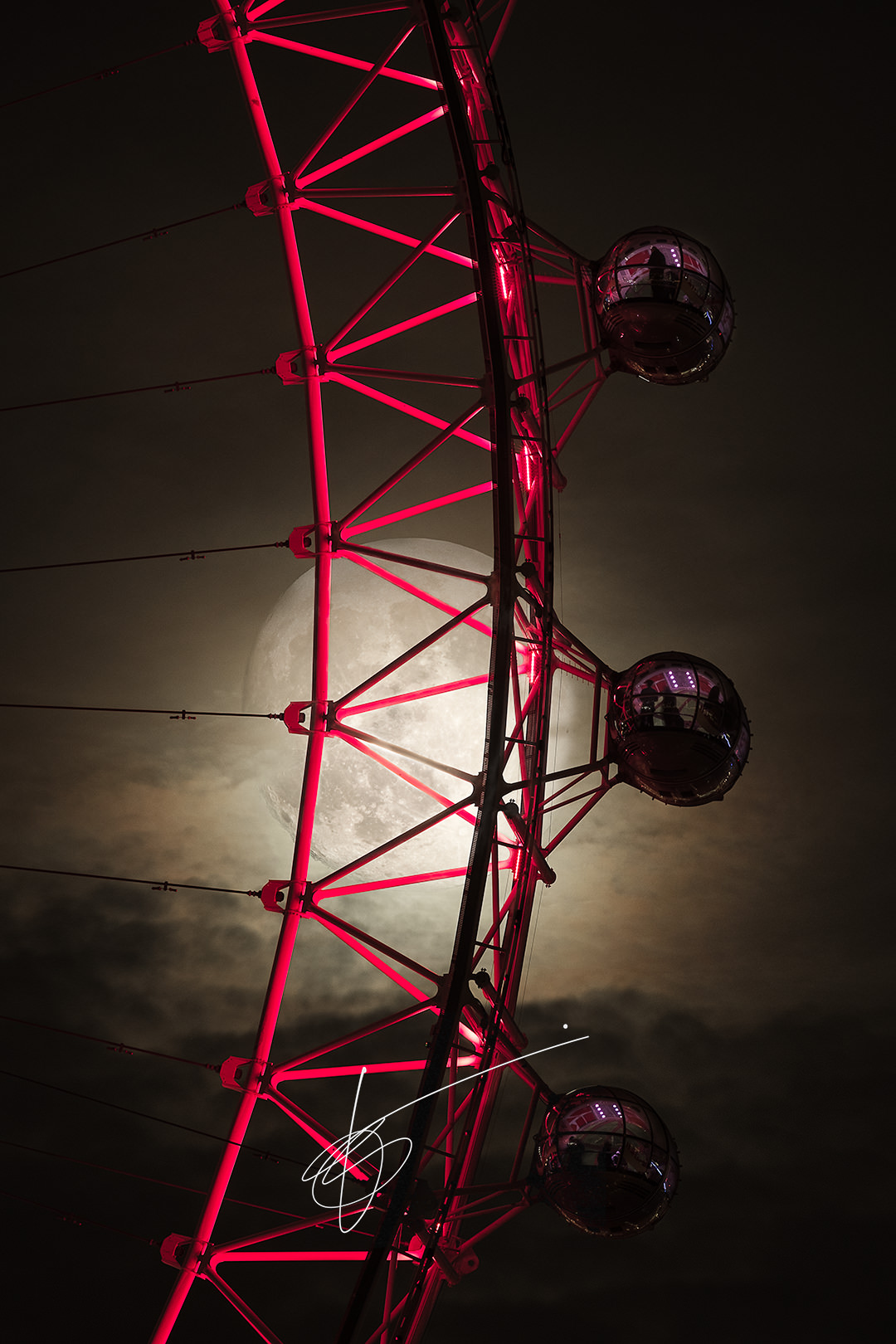
And frankly, when I saw it on my computer at home, I couldn't believe it was this sharp. :)
I immediately published this in my Instagram Stories!
Next month will be the last supermoon of this year that is visible from here. Let's see if I can capture that.
If you look for info on how to shoot the supermoon, you can always refer to the Clubhouse talk I was invited to… here.
Stay tuned!
